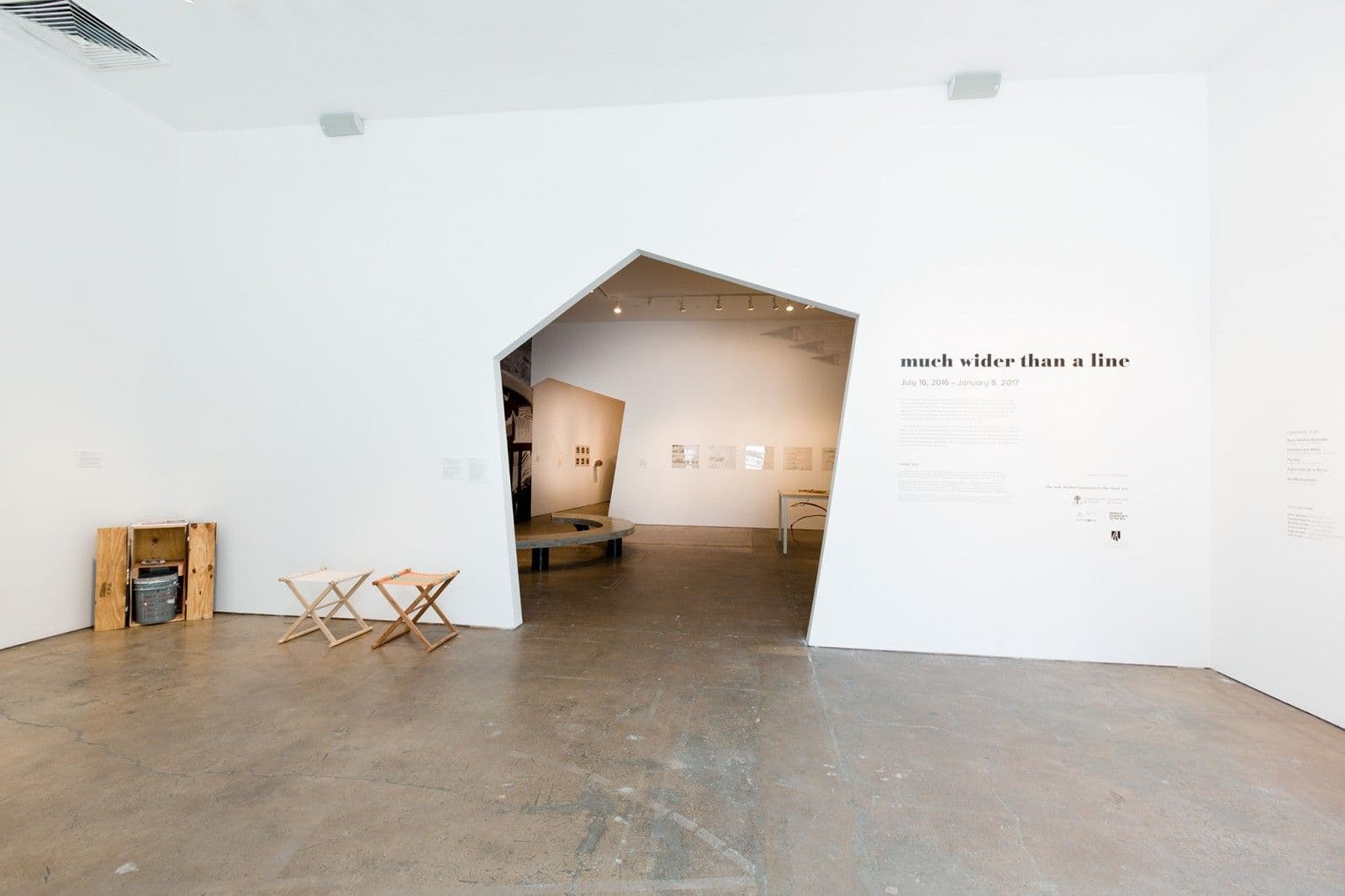Lina Bo Bardi
Year born:
1914-1992
Location:
Rome, Italy
Lina Bo Bardi was an architect, designer, editor, and writer, whose contribution to the field of modern architecture in Brazil has been internationally acknowledged for only a decade. After earning a degree in architecture in Rome, in 1940 Bo Bardi left the city to escape the rise of fascism, and moved to Milan. There, she worked at Gio Ponti's architecture practice and collaborated on several magazines before returning to Rome in 1946, where she married journalist and art dealer Pietro Maria Bardi (1900-1999). That same year, the couple emigrated to Brazil, where they were invited by communications tycoon Assis Chateaubriand to create the first modern museum in the country-the Museu de Arte de São Paulo (MASP), founded in 1947, with temporary offices in a commercial building in the city center.
Lina's projects from the late 1940s and early '50s, such as the furniture and display systems created for MASP and her first built work, the 1951 Glass House—a home for her and her husband-show the modernist principles she absorbed during her formative years in Italy.
In 1958, she was invited to become the director of the Museu de Arte Moderna da Bahia (MAM-BA) in Salvador, where she designed the renovation of the museum's headquarters at the old colonial complex of the Solar do Unhão, and conceived a radical education and exhibitions program for the institution. During her time in Bahia, Bo Bardi came into contact with the impoverished rural populations of the northeastern backcountry and their stripped-down yet highly inventive material culture. The Bahia experience intensified the architect's interest in reconciling the principles of European modernism with local practices and discouraging the country's increasing cultural dependency on the West, a concern that would permeate all her subsequent projects. In many of these-notably the new MASP building, 1968, the Centro de Lazer Fábrica da Pompéia (now simply called the SESC Pompeia), 1982, and the Teatro Oficina, 1991-Bo Bardi's involvement went far beyond the architectural to include programming and the design of display units, furniture, sets, and signage.
- Kiki Mazzucchelli
